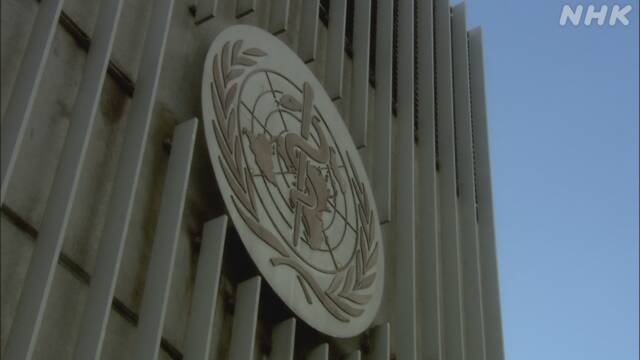WHO = World Health Organization's Cancer Research Organization has announced an increase in the carcinogenicity rating of some substances of organic fluorine compounds "PFAS", which have been pointed out to be harmful due to the detection of high concentrations in rivers and tap water throughout Japan.
Of the more than 1,2 types of PFAS organic fluorine compounds, two types, PFOA and PFOS, have been pointed out to be harmful, and their manufacture and import are prohibited even in Japan.
For these two types, the WHO's cancer research institute IARC has announced that it has raised PFOA by two levels to "carcinogenic," the highest of the four classifications, and that PFOS has
been positioned for the first time as "potentially carcinogenic," the third from the
top.
Regarding PFOA, which was considered to be "carcinogenic", it is said that the mechanism of cancer development has been confirmed not only in animal experiments but also in human studies, and the same classification includes asbestos and cigarette smoke.
On the other hand, the evidence for PFOS is limited to animal experiments, and the evidence for carcinogenesis in humans has been insufficient.
The Ministry of the Environment has stated that there are no confirmed cases of damage caused by PFAS in Japan and there is no definitive knowledge, but based on this announcement, it will conduct full-scale research on health effects.
The results of the blood test of the residents of Gifu Kakamigahara are as follows:
While PFAS have been detected in various places, in Kakamigahara City, Gifu Prefecture, where PFAS were detected in a water source that supplies tap water, up to 2.6 times the national provisional target value, the results of blood tests conducted by a medical group on residents were made public, and it was found that PFAS concentrations were detected at concentrations more than five times the average value of the national pilot survey.
According to the results of blood tests conducted by a medical organization in Gifu Prefecture since October, the average concentration of PFAS in the blood of 5 residents living in the area in question was 10.100 nanograms per milliliter, which was 1.32 times higher than the average value of a pilot survey conducted by the government at three locations nationwide.
A 2-year-old woman who has been using tap water from the source of the water in question for more than 3 years and found that the value was higher than the average of the national survey this time said, "I was surprised. I'm worried about living with PFAS in my body."
Expert: "Strict values for drinking water are also being set"
Koji Harada, an associate professor at the Graduate School of Medicine at Kyoto University who is a member of the expert committee that discusses PFAS countermeasures in Japan, said, "It is conceivable that the WHO will set strict values for the value of drinking water in the future, as to how much it should be taken into the body to determine whether there is a risk of carcinogenicity.

